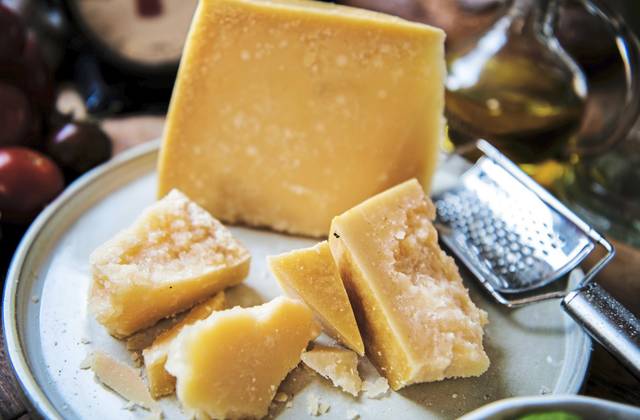Moldy foods that are still safe to eat, according to the USDA
Americans waste more than $160 billion in food every year — yikes! Of course, no one buys food with the anticipation of throwing it in the trash, but once something gets moldy, we have little choice. This might be true of most foods — but not all.
According to the United States Department of Agriculture, some foods can still be consumed even when mold is visibly present. This handy guide can help you decide if you’re still unsure. But here are three foods that don’t need to wind up wasted just because of a little mold:
1. Hard salami and dry-cured country hams
The USDA says that it’s normal for these products to have a layer of surface mold. Think about the white coating around certain salamis — this is actually a benign mold that helps cure the meat and prevent harmful bacteria from growing. Just remove the surface, and these foods are safe to eat.
2. Hard cheese made without mold
Mold cannot penetrate deep enough into some hard cheeses to ruin the whole block. If you spot mold on any hard cheeses such as asiago, pecorino, Parmesan and cheddar, cut out 1-inch around and below the moldy spot, being careful not to let the mold touch the knife. Do this, and your cheese is safe to consume.
3. Firm fruits and vegetables
They keyword here is “firm.” This describes produce such as cabbage, bell peppers and carrots. Similar to hard cheeses, these foods are too hard for mold to penetrate, so you can be sure that mold spores haven’t spread too deeply to notice. Cut off at least 1-inch around and below the mold spot, being careful not to cut through the mold with your knife.
Remove the ads from your TribLIVE reading experience but still support the journalists who create the content with TribLIVE Ad-Free.

